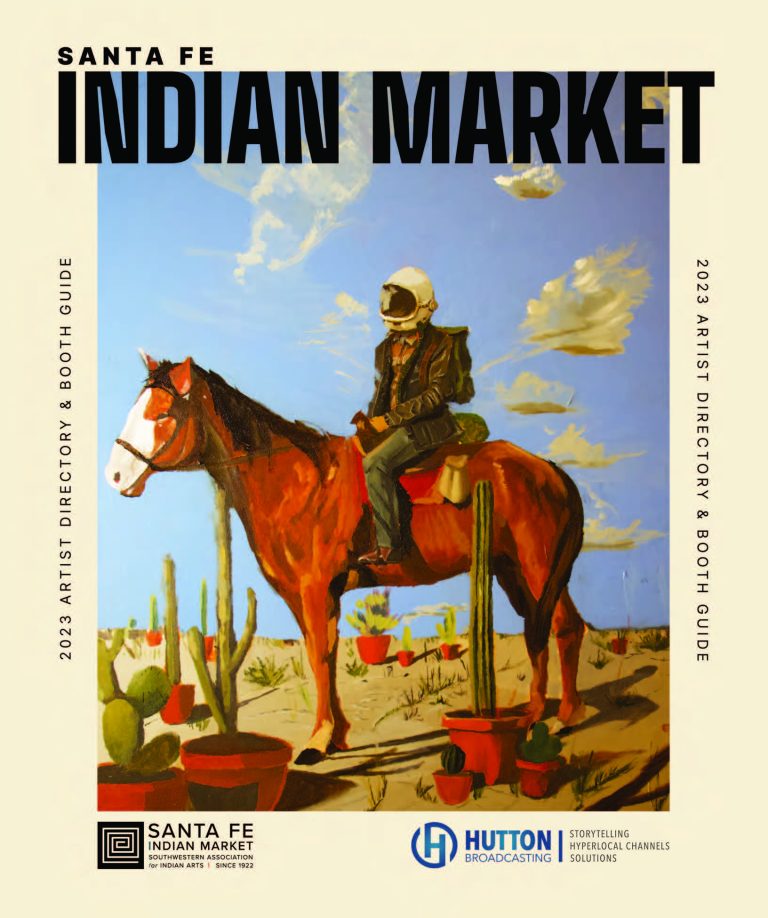ART OF INDIGENOUS FIBERS
BARRY ACE
Virtual Reality Tour: mazinigwaaso / to bead something, Curated by Lori Beavis
Biography
Barry Ace is a practising visual artist and a debendaagzijig (citizen) of M’Chigeeng First Nation, Odawa Mnis (Manitoulin Island), Ontario, Canada. His mixed media textile work directly challenges omnipresent and visceral constructs of Western social sciences that have historically encapsulated Indigenous cultures into a mythological stasis and relegated their cultural arts into a contained and manageable hierarchical classification of craft versus fine art. Ace’s further notes that “as our digital age exponentially transforms and infuses Anishinaabeg culture with new technologies and new ways of communicating, I am harnessing and bridging the precipice between historical and contemporary knowledge, art, and power, while maintaining a distinct Anishinaabeg aesthetic connecting generations.”
His work can be found in numerous public and private collections in Canada and abroad, including the National Gallery of Canada (Ottawa); Canadian Museum of History (Gatineau); Art Gallery of Ontario (Toronto); Royal Ontario Museum (Toronto); Government of Ontario Art Collection (Toronto); City of Ottawa; Ottawa Art Gallery; Woodland Cultural Centre (Brantford); Canada Council Art Bank (Ottawa); North American Native Museum (Zurich, Switzerland); Ojibwe Cultural Foundation (M’Chigeeng, Ontario); Global Affairs Canada (Ottawa); TD Bank Art Collection (Toronto); and Crown-Indigenous Relations and Northern Affairs Canada (Gatineau). He currently resides in Ottawa, Canada.
Artist Statement
My textile practice draws its inspiration from historical Anishinaabeg arts of the Great Lakes that incorporate floral and geometric beadwork motifs. I up-cycle reclaimed and salvaged electronic components and circuitry (capacitors and resistors) transforming the refuse of the technological age into complex floral motifs. In doing so, I am referencing Anishinaabeg beadwork as a metaphor for cultural continuity, bridging the past with the present and the future, and as a demonstrable act of nationhood, resistance and modernity. My contemporary practice intentionally, yet respectfully, transcends and moves forward Anishinaabeg cultural boundaries as a confluence between the historical and contemporary.

